Five minutes with our Plant Doctor Kelly Dyer
Get to know our Lead Horticulturalist
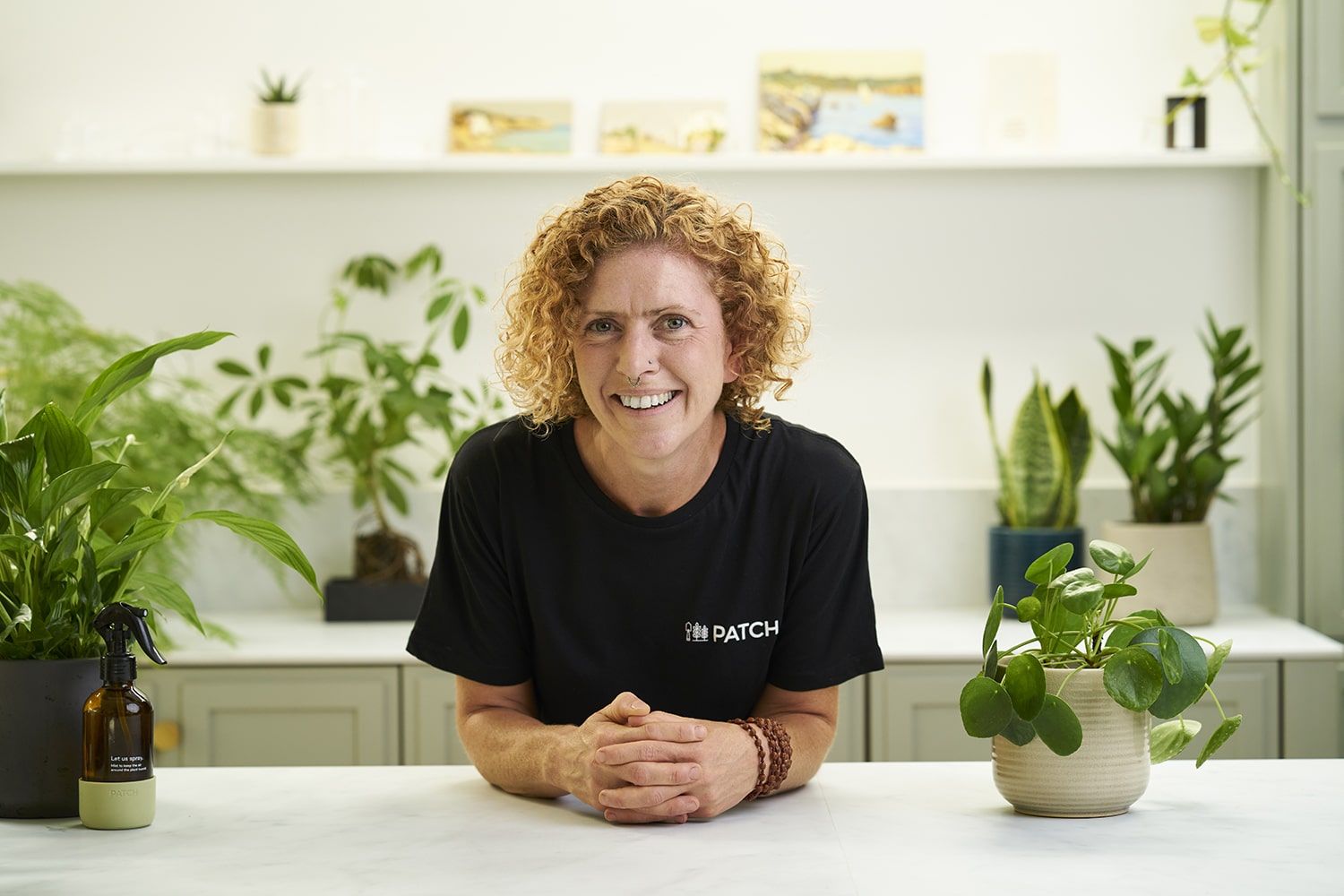
Kelly Dyer is our Plant Doctor and Horticultural Lead, a.k.a our resident expert on all things plants. A font of knowledge, she’s on hand to help with any troubleshooting or plant care woes through her one-on-one consultations. You can also find her sharing fun and accessible tips on our Instagram, delving into the detail in our digital magazine Rewild, or advising our plant care team on the best way to look after our leafy friends. Plus, we’ve recently launched our Substack, where you can find plant profiles, expert insights and inspiration from Kelly. We caught up with her to find out more about her passion for plants.
Where does your love of plants come from?
I grew up in South Africa, and a lot of the plants that we have as houseplants in the UK grow outdoors there. I’m from a family of keen gardeners, and so I was brought up learning botanical names, which fed into my love of plants and early learning. The other thing that informs my love of horticulture is that I’m an artist and a painter, so I work with colour quite intuitively. For me, gardening is like painting in 3D – working with colour, texture, layers, shade and height.
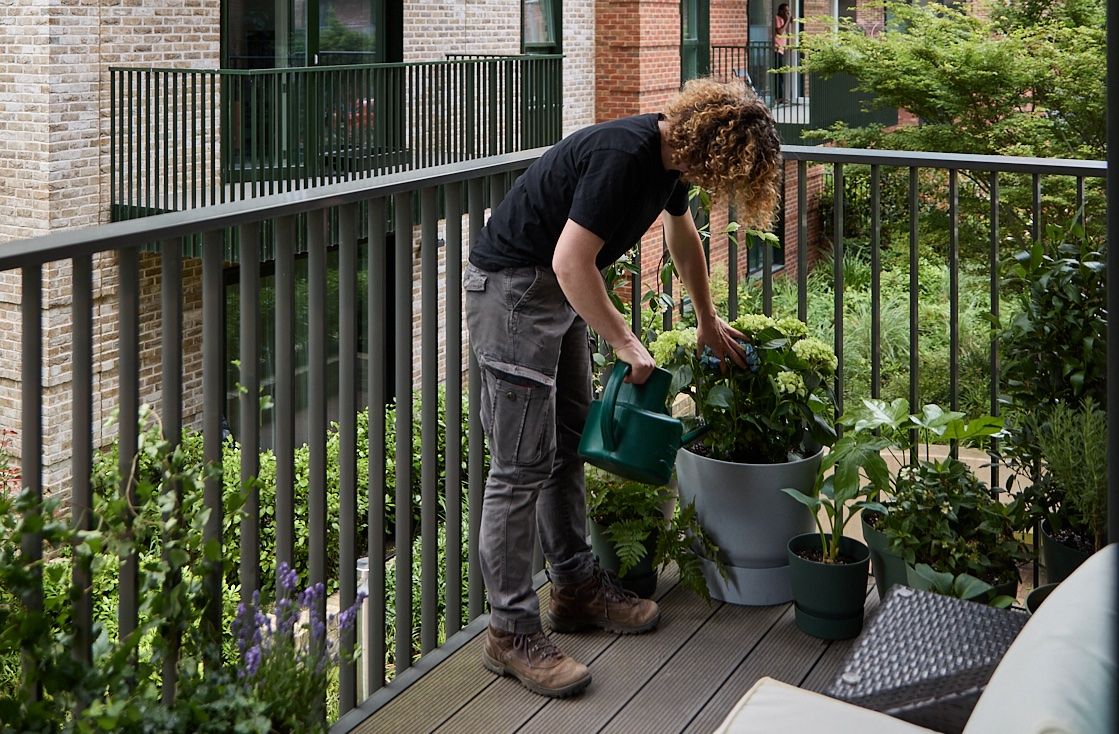
How did you become a horticulturalist?
It never crossed my mind that I could study horticulture, and so I did a post-graduate degree in English Creative Writing and Psychology. I was struggling to find a job when my partner at the time suggested I pursue a career in gardening – they’d observed that wherever I went, I created a garden. Even if I lived in a shared house, I would find a way to takeover whatever space was available.
I started a foundation course with Edinburgh Botanical Gardens and the RHS Level 2 Theory, before volunteering at a country estate to gain practical work experience. I then signed up to a live-in opportunity at the National Trust of Scotland’s School of Heritage Gardening, where I very quickly learnt that I really preferred indoor exotic plants, glasshouse growing, and propagation. After taking my RHS Level 3 Practical, I became a Glasshouse Gardener at West Dean Gardens, where I worked across 13 different growing environments, from a fernery to a temperate house.
I stayed there for 2 ½ years before deciding to explore my twin passion, growing cut flowers. I did a six-month placement at Sarah Raven’s garden in Perch Hill, where I learned a huge amount about growing annuals. After that I did a few domestic gardening jobs focused on sustainability and dry garden planting, however I realised that I really missed working with indoor plants, and that’s when I discovered the job at Patch. For me, it was a great combination of indoor and outdoor plants, as well as using my creative writing skills and curating bespoke planting.
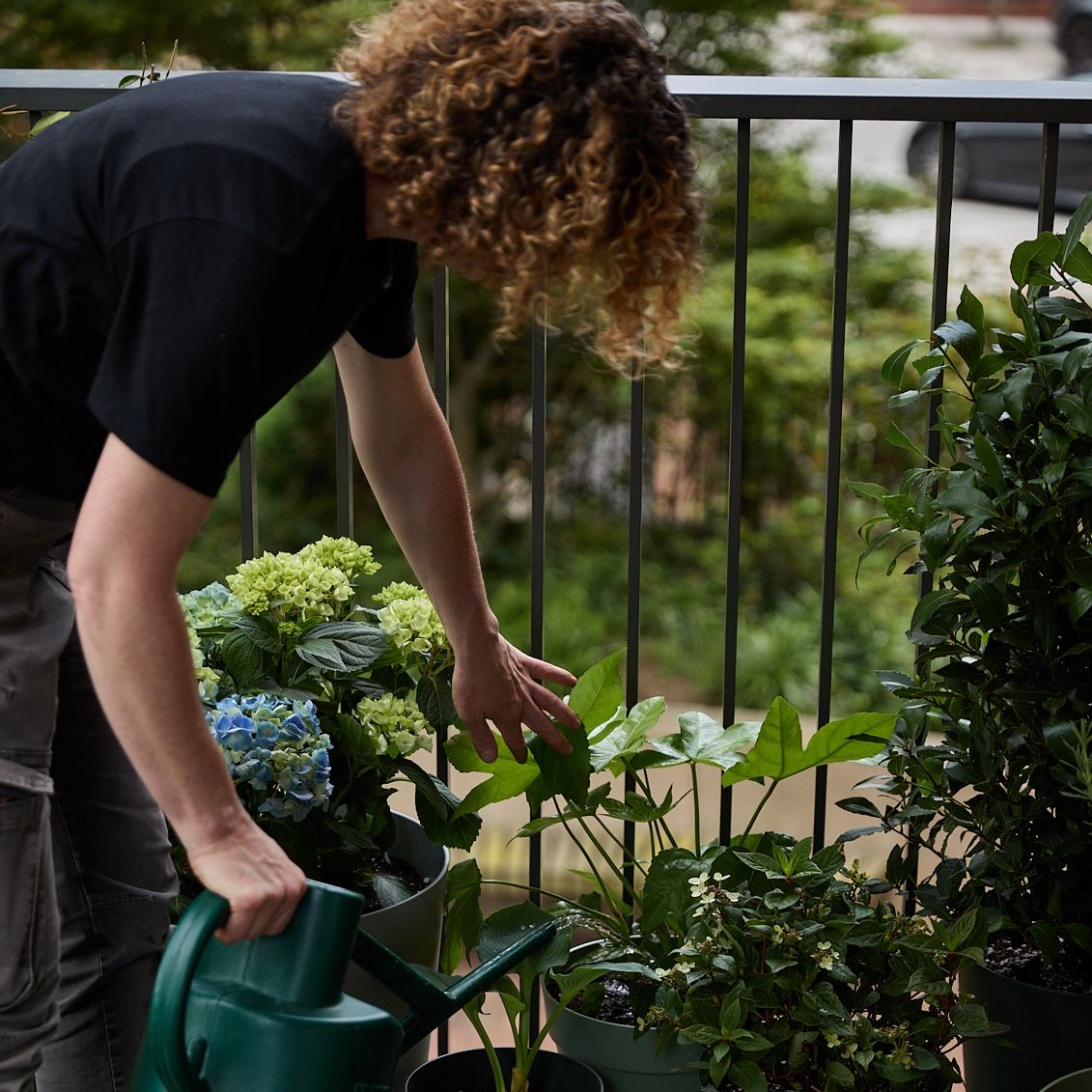
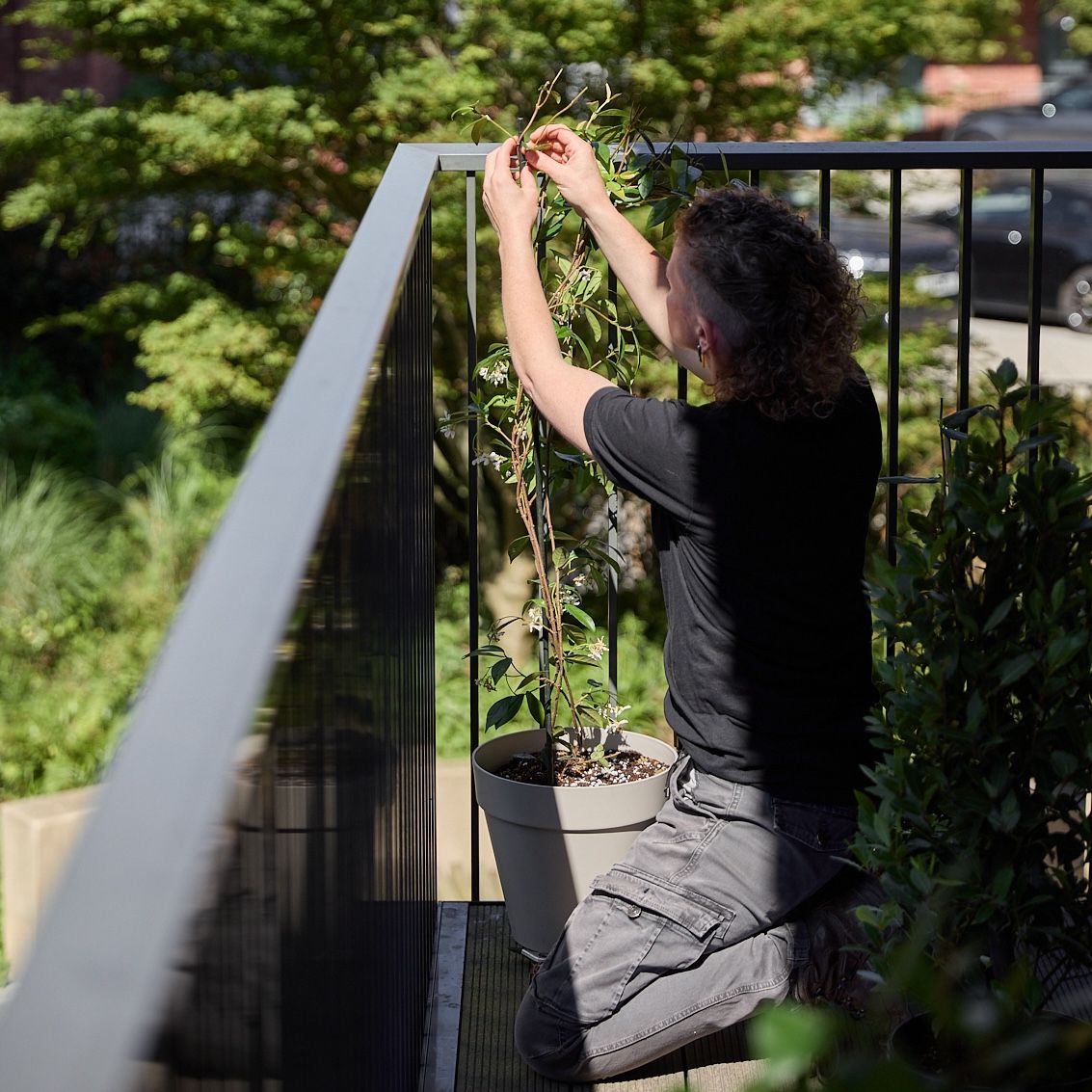
How do you use plants in your own home?
I have moved around the UK a lot and my houseplant collection has expanded and contracted. I live in rented accommodation without access to private outdoor space, and so I consider my plants my garden. I have very much created an indoor jungle that surrounds where I work, bringing the outside in. It connects me to the outside world, makes me happy and gets my dopamine going. I really enjoy caring for and nurturing plants, and part of that is the close observation of them, living with them on a daily basis, and adapting to change.
What is your favourite plant?
If I had to choose from my current collection, it would be my Oxalis. I’ve had it for probably 10 years. I love it because it always dies back in winter, but springs back to life in the warmer months, and it never ceases to put on flowers in summer. I love deadheading it and keeping it healthy, and I love the colour, daintiness and prettiness of it. I also find it quite easy to look after.
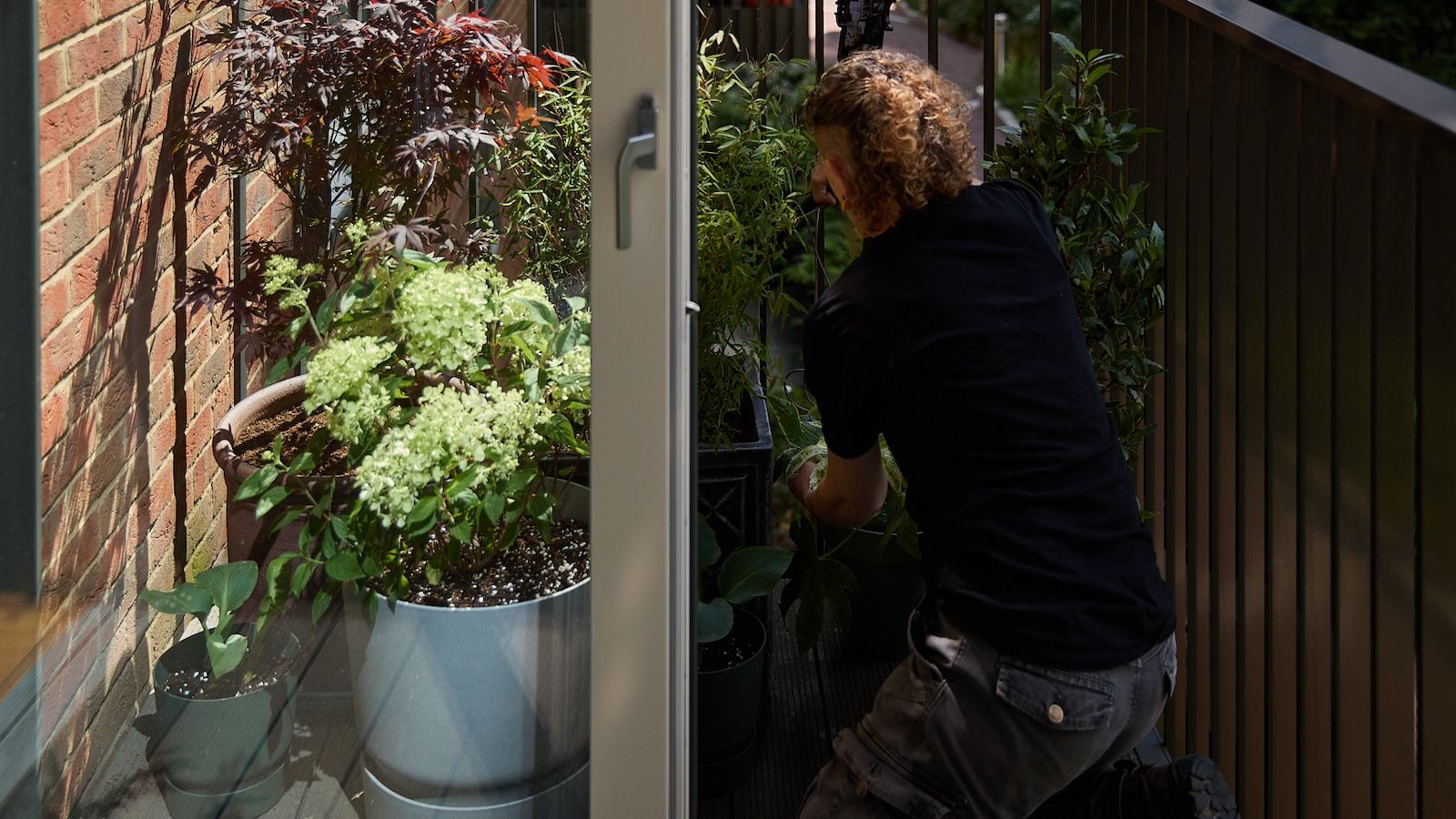
What are the benefits of plants?
They transform a space and bring it to life. Healthy plants look beautiful, and I think in our increasingly screen-based lives they connect us to nature. I also think nurturing or caring for plants can be good for people’s mental health.
What’s the most common mistake people make when caring for plants?
I think a lot of people have a fear of repotting, and so their plant ends up looking quite sad, sick or stressed because it’s run out of nutrients and is pot-bound. I think people should feel the fear and do it anyway!
What can people expect from Patch’s Substack?
We’re going to have two plant profiles a month; detailed advice on essential plant care problems and jobs, so everything from tackling root rot to training your plants; a monthly opinion piece on something topical in the horticultural world, and inspiration – things that are exciting us as the Patch team. It’s interesting, fun, expertise, humour and inspiration.
Kelly's top picks
Rewild your inbox
Plant tips. Special offers. No spam.
You might like
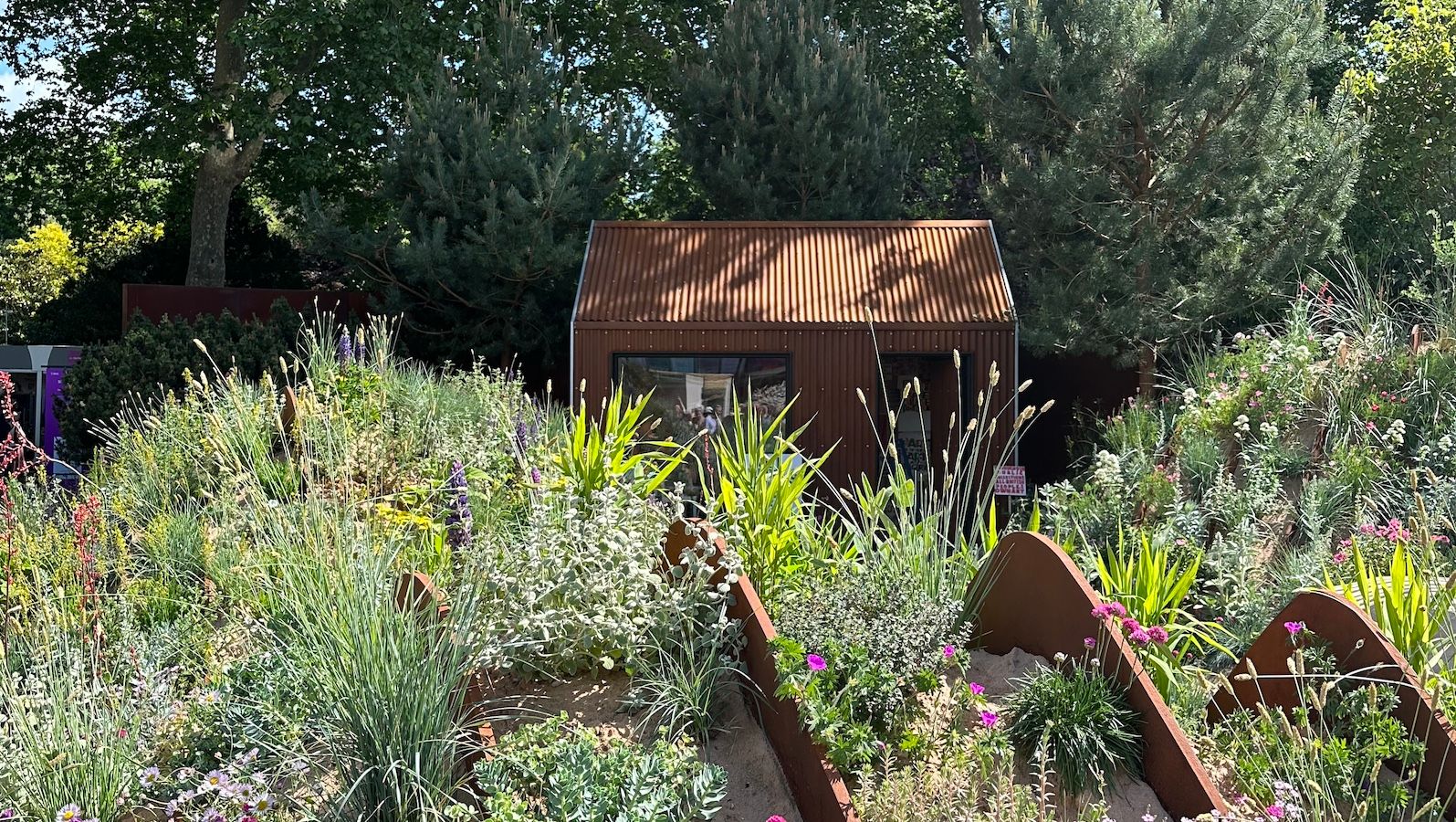
Five ideas to borrow from the RHS Chelsea Flower Show 2025
Kelly's top trends from Chelsea
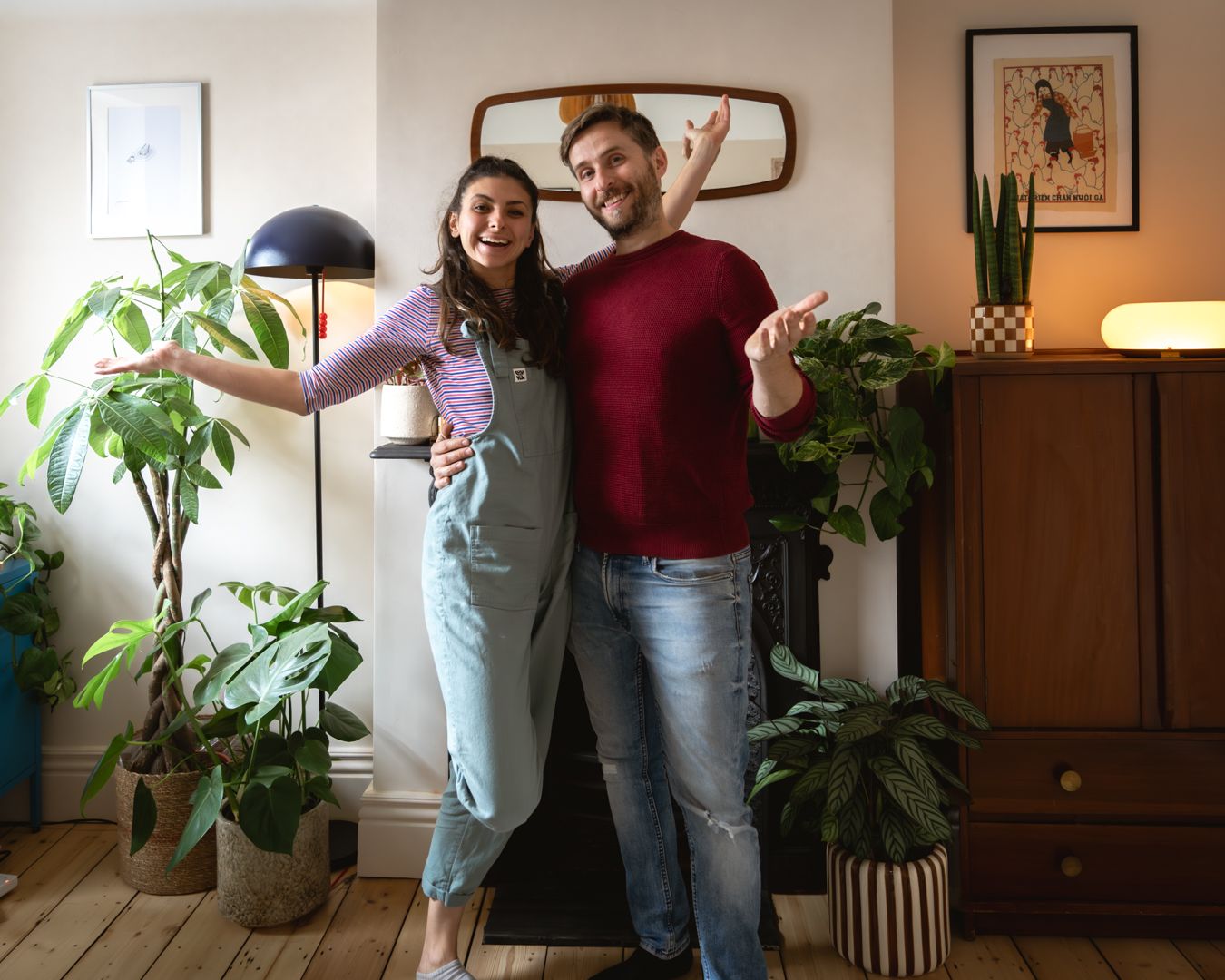
Step inside a biophilic home
A house inspired by nature
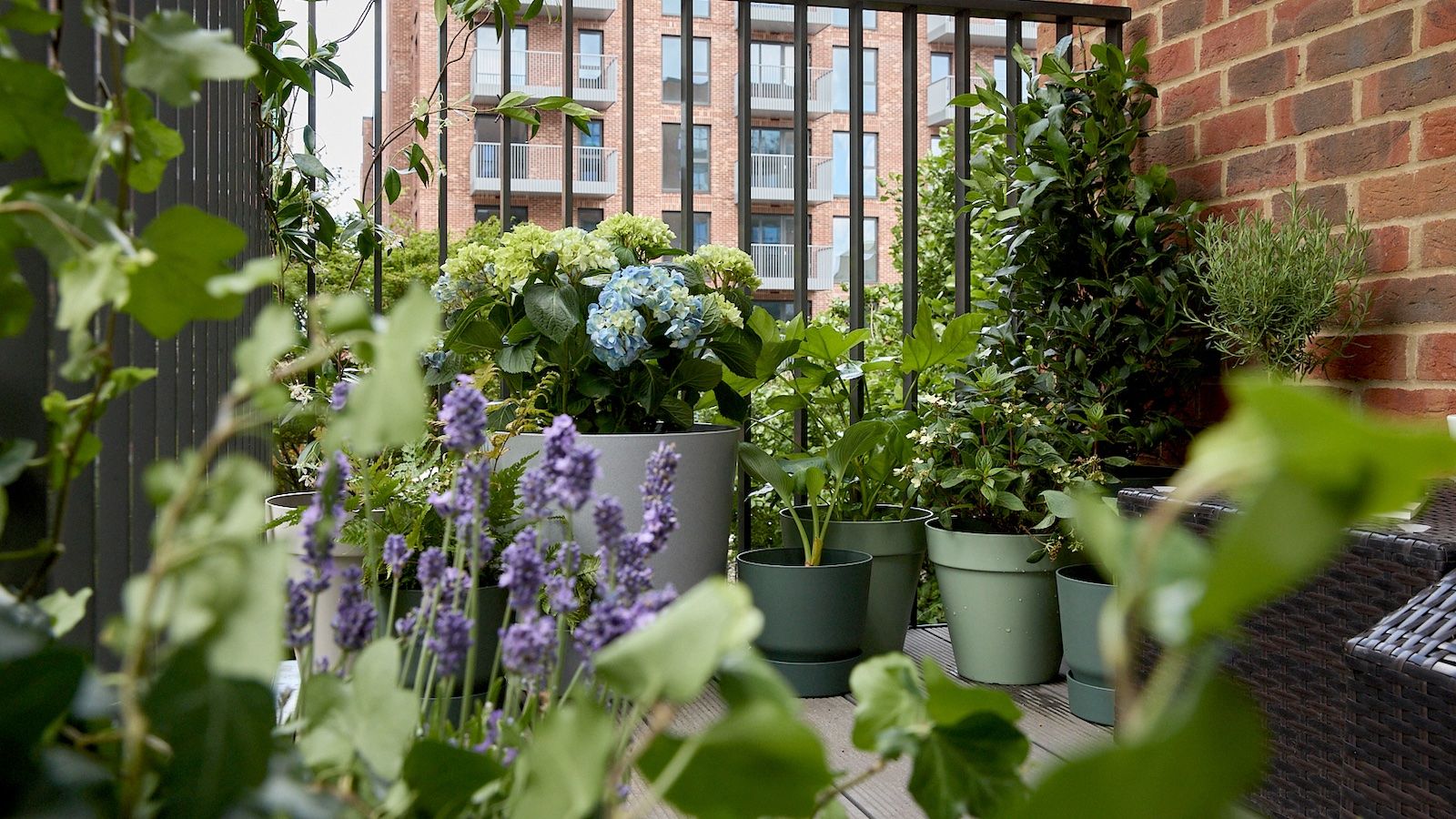
A balcony transformation by Patch
An outdoor makeover using plants















